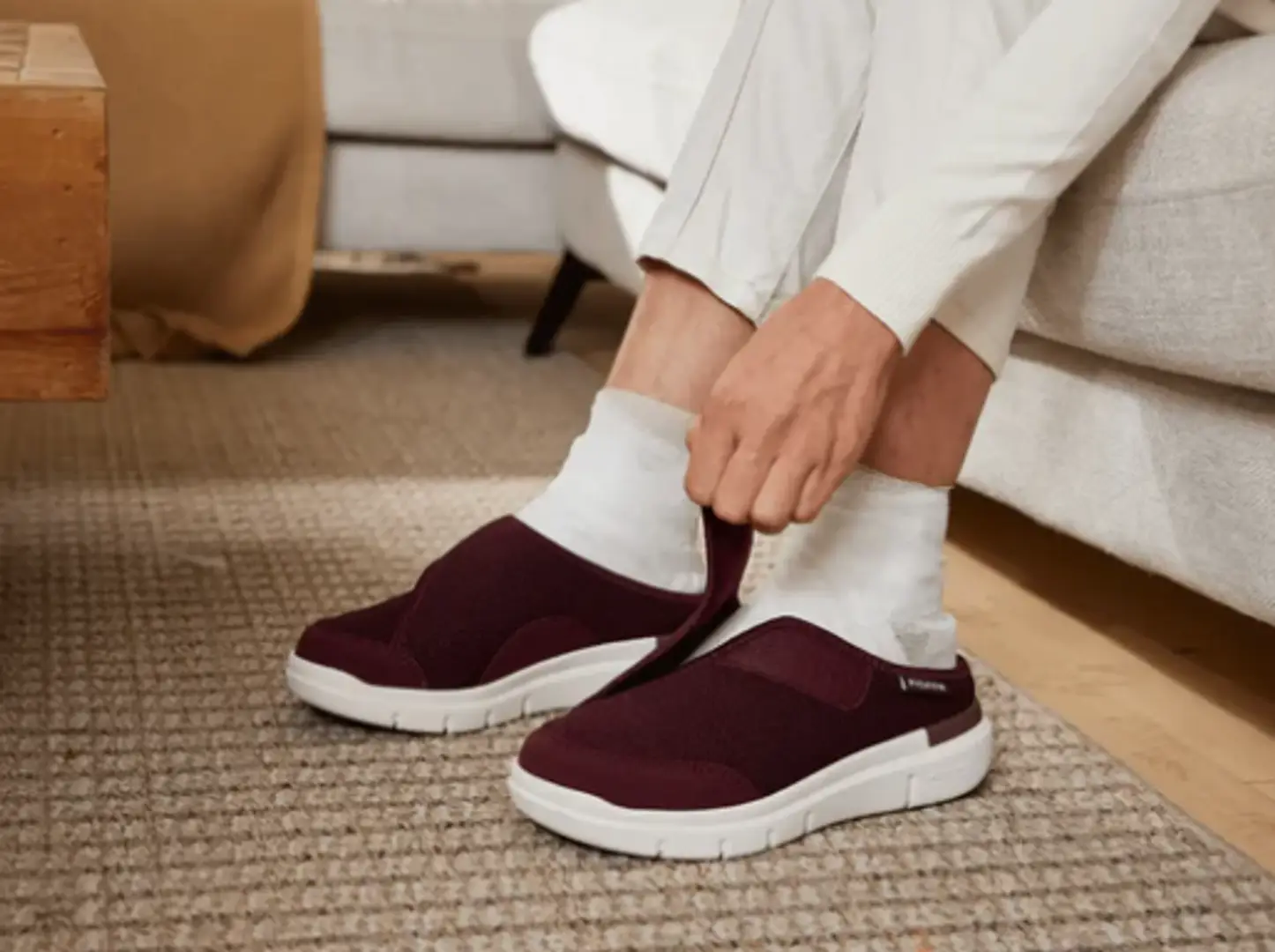

Best Diabetic Shoes: Support, Comfort & Protection You Can Trust
For individuals living with diabetes, foot health is a top priority. Nerve damage (neuropathy), poor circulation, and the risk of ulcers or infections mean that even minor issues like blisters can escalate quickly. That’s why wearing the right pair of diabetic shoes isn’t just about comfort — it’s about prevention and protection.
In this guide, we explore what makes best diabetic shoes essential, what features to look for, and top recommendations for men and women.
Why Diabetic Shoes Matter
People with diabetes are more prone to foot complications due to reduced sensation and blood flow in the feet. Diabetic shoes are specially designed to:
Reduce pressure points
Prevent skin breakdown and blisters
Accommodate swelling or foot deformities
Promote circulation
Improve balance and stability
Key Features to Look For
When choosing diabetic shoes, look for these essential features:
- Extra Depth and Width
- Allows room for orthotic insoles and reduces pressure on sensitive areas.
- Seamless Interior
- Prevents friction and irritation, especially important for people with neuropathy.
- Cushioned Insoles
- Shock-absorbing footbeds reduce impact and pressure on the feet.
- Non-Binding Uppers
- Stretchable materials that don’t constrict the foot are ideal for swollen or sensitive feet.
- Adjustable Closures
- Velcro straps or elastic laces make it easy to adjust the fit — perfect for high insteps or swollen feet.
- Protective Toe Box
- A wide, reinforced toe box protects the toes and prevents crowding or rubbing.
Best Diabetic Shoes for Men
- FitVille Men’s EasyTop Wings Diabetic Shoes V2
- Widths up to 6E for swollen feet and bunions
Adjustable Velcro straps for easy on/off
U-shaped heel cup for heel pain relief
Seamless lining to prevent friction
Dual-density EVA midsole and solid rubber outsole for stability
- Orthofeet Edgewater
- Designed for neuropathy and plantar fasciitis
Ortho-Cushion™ system for enhanced support
Seam-free fabric interior and extra depth
- Dr. Comfort William-X
- Accommodates orthotics with extra depth
Hook-and-loop closure for easy adjustment
Protective toe box and soft leather uppers
Best Diabetic Shoes for Women
- FitVille Women’s EasyTop Recovery Sandal V3
- Designed for diabetic, arthritic, and swollen feet
Adjustable Velcro straps for custom fit
Wide toe box and arch support
Slip-resistant rubber sole
Lightweight and breathable for all-day comfort
- Propet Women’s Olivia
- Extra-wide widths available
Cushioned removable footbed
Adjustable hook-and-loop strap
- Drew Shoe Flare
- Roomy toe box and soft padded interior
Accommodates custom orthotics
Double-depth design with firm heel counter
Tips for Choosing the Right Pair
Here are a few things to keep in mind when shopping for diabetic shoes:
Try on shoes later in the day, when your feet are most swollen.
Wear diabetic socks when testing fit.
Break shoes in gradually to avoid skin damage.
Check your feet daily for any signs of irritation or pressure.
Consult a podiatrist if you’re unsure which features you need most.
Are Diabetic Shoes Covered by Insurance?
In many countries, diabetic shoes prescribed by a medical professional may be covered by insurance or healthcare plans — particularly if you have a history of foot complications. Check with your provider and physician to see if you qualify.
Final Thoughts
Your feet work hard every day — especially if you live with diabetes. Choosing diabetic shoes that combine comfort, support, and medical-grade protection is an essential step in safeguarding your long-term foot health. Brands like FitVille, Orthofeet, and Dr. Comfort are trusted by many for their thoughtful design and quality craftsmanship.
If you’re unsure where to start, FitVille’s range of wide-width diabetic shoes offers outstanding comfort and foot protection, especially for people with bunions, high arches, or swollen feet.
Related Posts
© 2025 Invastor. All Rights Reserved

User Comments